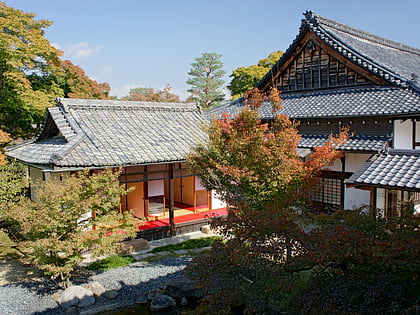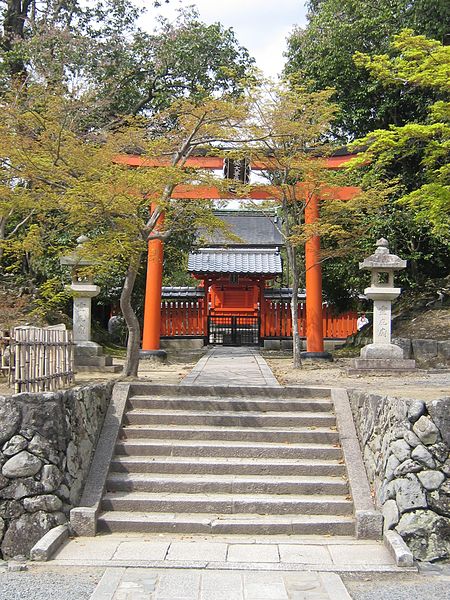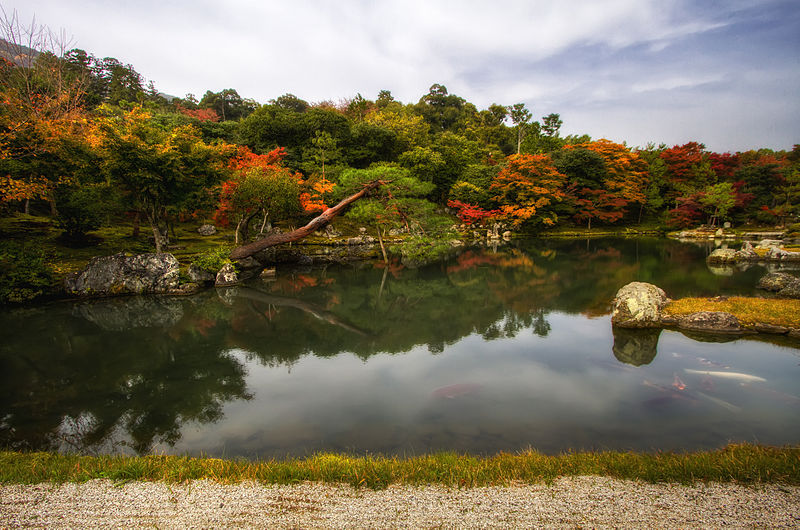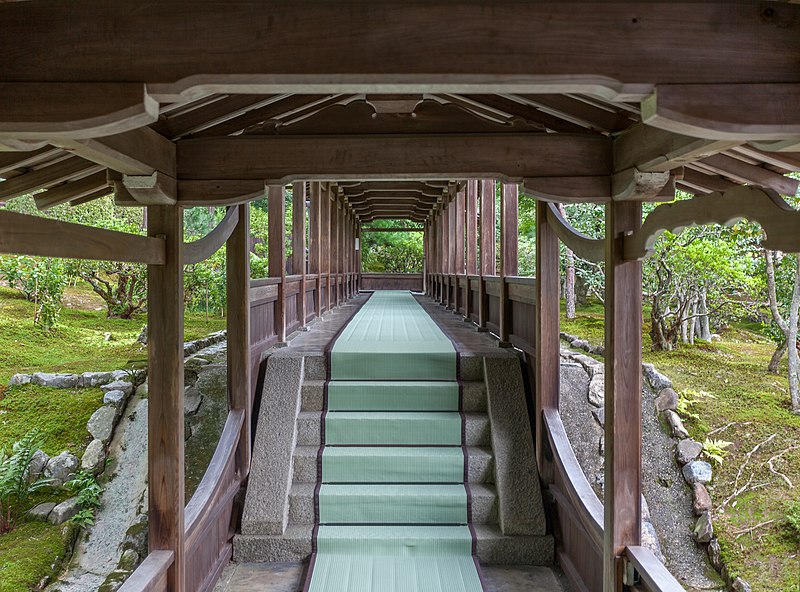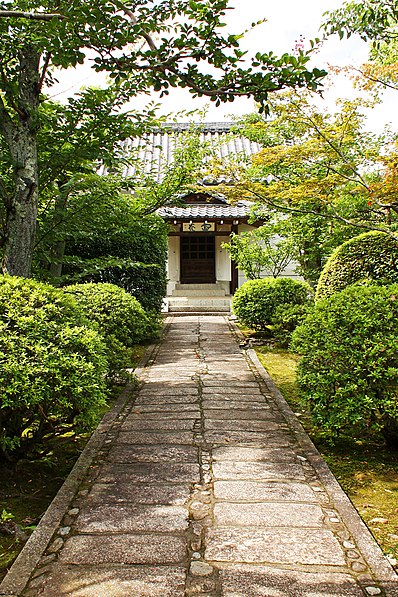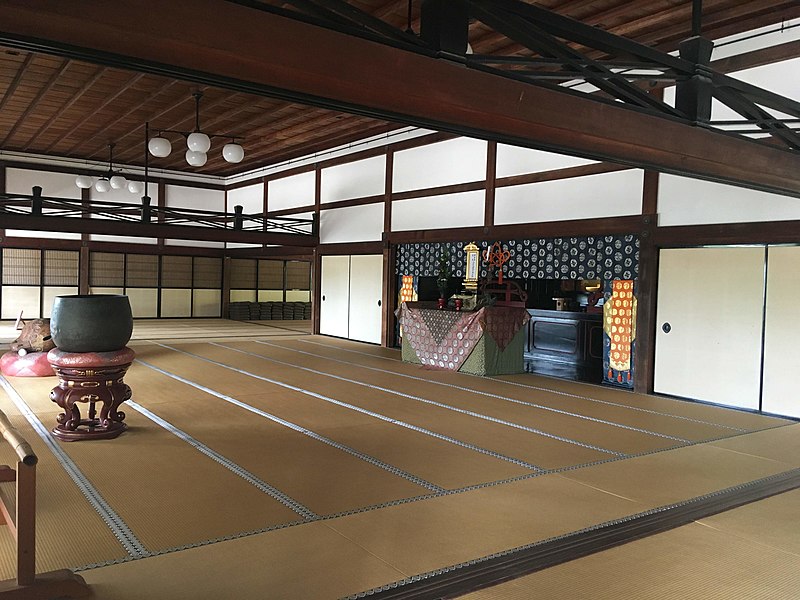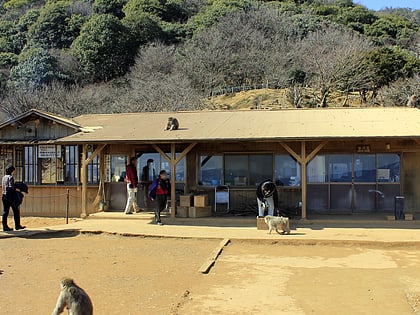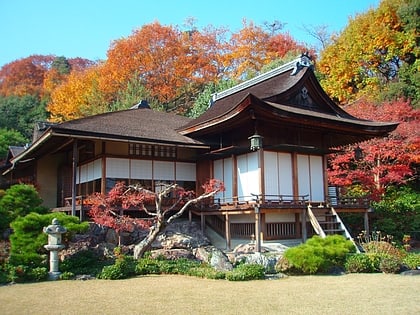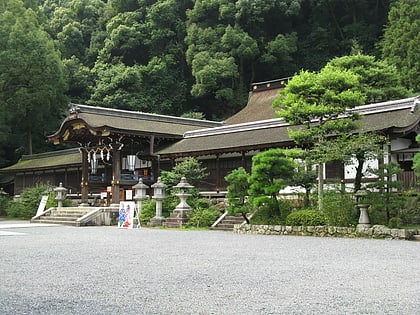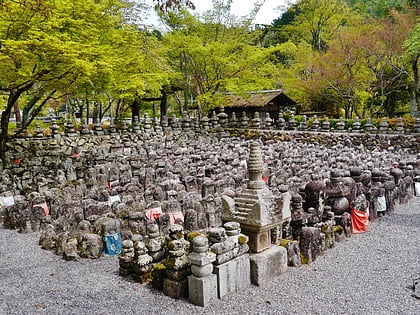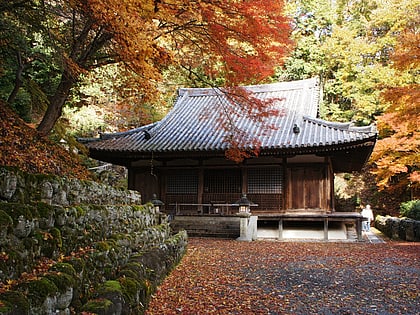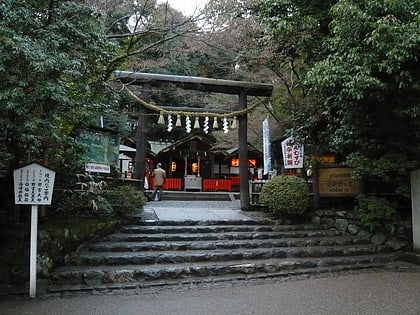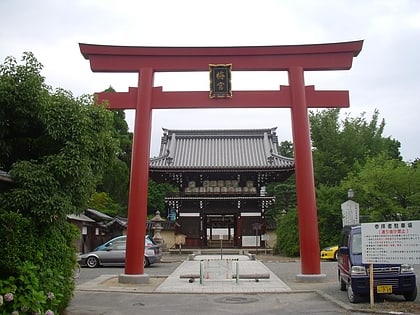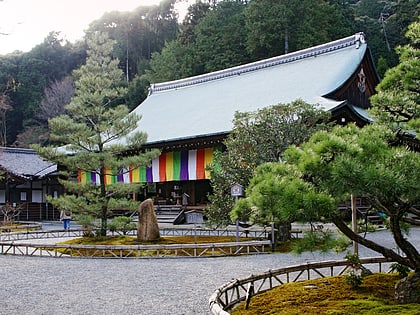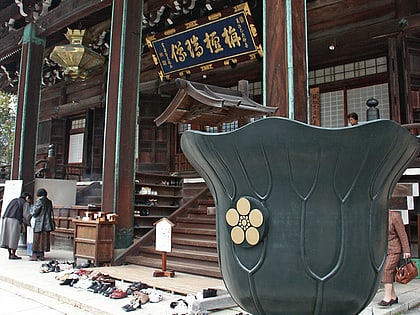Tenryū-ji, Kyoto
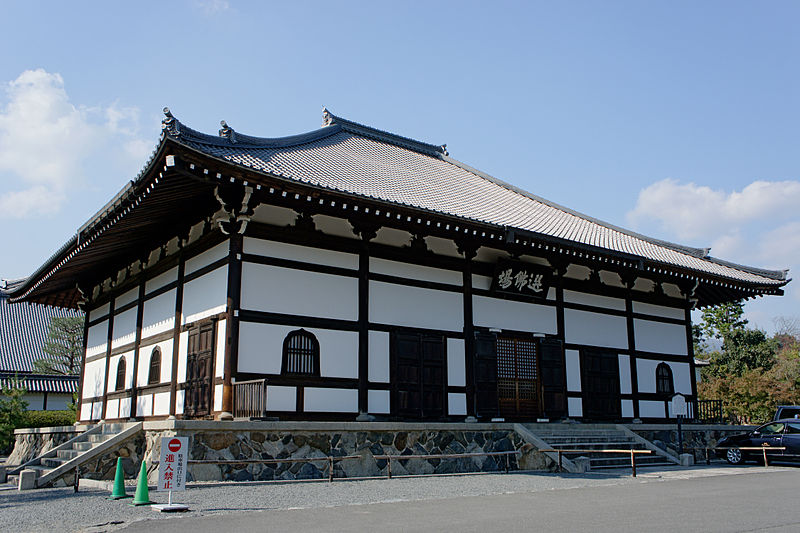
Facts and practical information
Tenryū-ji is a serene oasis nestled in the heart of Arashiyama, a scenic district on the western outskirts of Kyoto, Japan. Founded in 1339 by the shogun Ashikaga Takauji, this historic temple serves as the head temple of the Tenryū branch of Rinzai Zen Buddhism. The temple's name, which translates to "Heavenly Dragon Temple," was derived in memory of Emperor Go-Daigo, with whom Takauji had a complex relationship.
The temple complex is renowned for its splendid gardens, which have been designated as a Special Place of Scenic Beauty by the Japanese government. The Sogenchi Garden, a prime example of the shakkei technique (borrowed scenery), masterfully incorporates the background landscape of the Arashiyama mountains into its design, creating a seamless harmony between the man-made and natural elements. This garden is also notable for its pond, which reflects the changing seasons with its surrounding flora, providing a tranquil and ever-changing tableau for visitors to contemplate.
Tenryū-ji's main hall, known as the Hatto (Dharma Hall), was most recently reconstructed in the 20th century after a series of fires over the centuries. Within the hall, visitors can admire a majestic dragon painting on the ceiling, which seems to follow onlookers with its gaze as they move—a feature that adds to the temple's mystical atmosphere.
The temple is also a UNESCO World Heritage Site, recognized as part of the "Historic Monuments of Ancient Kyoto." This acknowledgment highlights its cultural significance and the role it has played in the religious and historical tapestry of Japan.
Visitors to Tenryū-ji can explore the temple grounds and its buildings, including the Hojo (the former residence of the head priest), which showcases fusuma (sliding door) paintings by the renowned 17th-century artist Kano Tanyu. The temple's Zen meditation practices and serene environment offer a place of spiritual solace away from the bustle of the city.
Tenryū-ji – popular in the area (distance from the attraction)
Nearby attractions include: Iwatayama Monkey Park, Daikaku-ji Temple, Ōkōchi Sansō, Matsunoo Taisha.
Frequently Asked Questions (FAQ)
When is Tenryū-ji open?
- Monday 8:30 am - 5:30 pm
- Tuesday 8:30 am - 5:30 pm
- Wednesday 8:30 am - 5:30 pm
- Thursday 8:30 am - 5:30 pm
- Friday 8:30 am - 5:30 pm
- Saturday 8:30 am - 5:30 pm
- Sunday 8:30 am - 5:30 pm
Which popular attractions are close to Tenryū-ji?
How to get to Tenryū-ji by public transport?
Bus
- Nonomiya • Lines: 62, 67, 72, 77, 92, 94 (5 min walk)
- 嵐山天龍寺前 • Lines: 62, 67, 72, 77, 92, 94 (5 min walk)
Train
- Torokko Arashiyama (6 min walk)
- Torokko Saga (11 min walk)
Light rail
- 嵐山駅1番線 • Lines: A (6 min walk)
- 嵐山駅3番線 (6 min walk)
